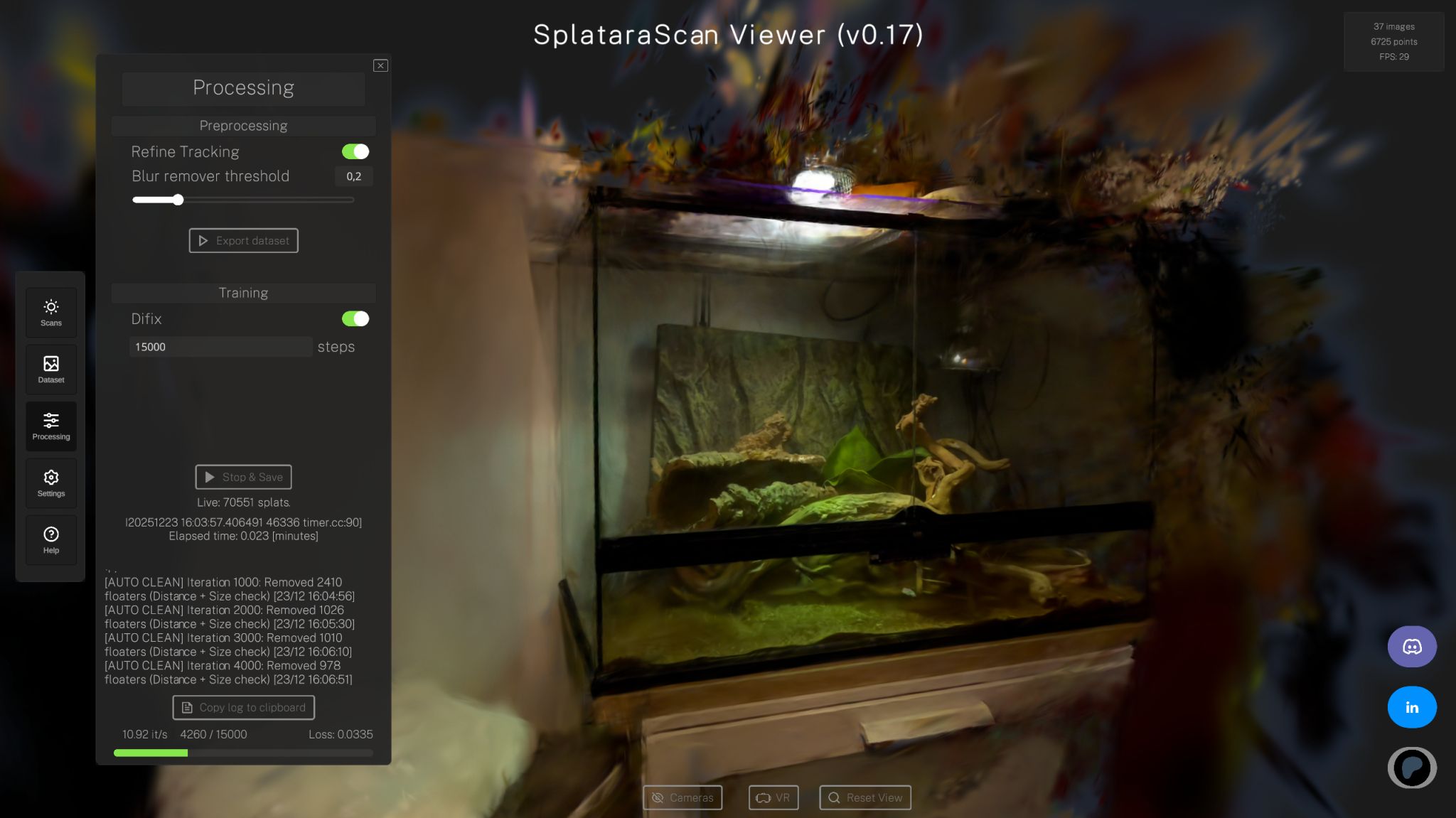
Michael Rubloff
Nov 11, 2025
PlayCanvas has released version 2.13 of its engine, continuing its steady refinement of real time Gaussian Splatting on the web. The update introduces expanded shader customization, streaming optimizations, new debugging tools, and performance improvements across the unified gsplat rendering system.
The release adds a ColorRamp rendering mode for unified gsplats, enabling developers to visualize depth or density through gradient color mapping. Unified gsplats also now re-evaluate Spherical Harmonics when the camera moves, producing more accurate lighting responses across dynamic viewpoints.
The GSplat LOD format now includes an environment tag for contextual asset loading, while streaming for unified gsplats has been improved for smoother scene delivery. The update also streamlines the shader pipeline: a simplified override system allows developers to customize vertex shaders directly, with new APIs for covariance and unified shader modification.
Version 2.13 introduces a broad set of performance optimizations, including reduced sqrt operations, faster 16-bit unpacking, and smarter splat sorting that avoids redundant updates. The internal work buffer has been redesigned to use two 32-bit integer textures instead of three half-float textures, lowering GPU overhead.
Additional refinements include cached RenderTarget dimensions to minimize resizes, synchronized GLSL and WGSL gsplat shader chunks for better parity across rendering backends, and debug labels for WebGPU compute passes. The release also resolves numerous bugs, from memory leaks in unified gsplat workers to clustered lighting artifacts and input handling inconsistencies on Firefox.
Three new examples accompany the release:
GSplat Reveal Shader Effects, demonstrating layered transparency.
LOD Streaming, showing adaptive data loading for large radiance fields.
A new Shader Effects Framework designed specifically for Gaussian Splatting experimentation.
PlayCanvas 2.13 underscores the platform’s continued leadership in bringing high-performance Gaussian Splatting to the browser, strengthening its position as a foundation for interactive, web-based radiance field experiences.







